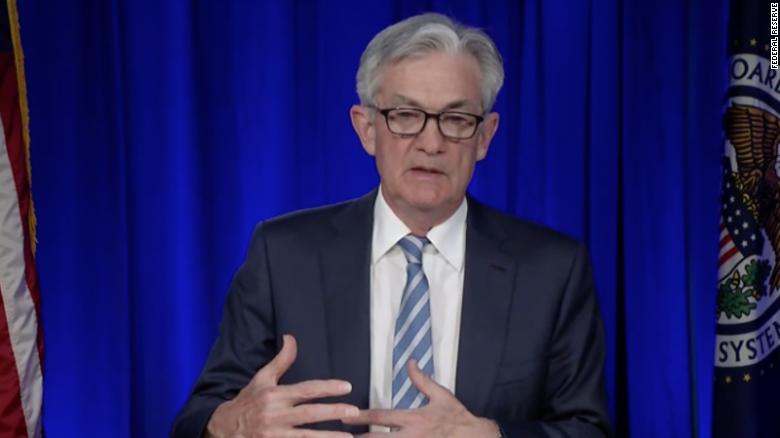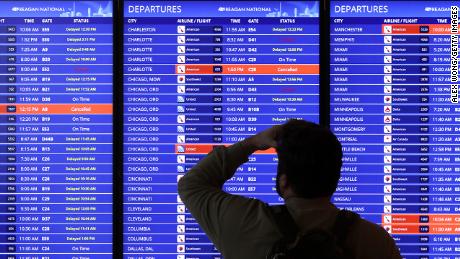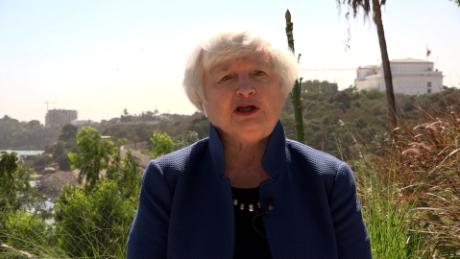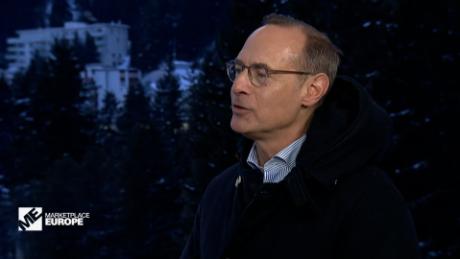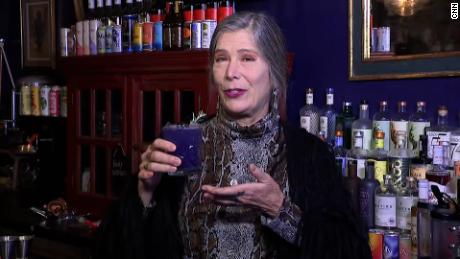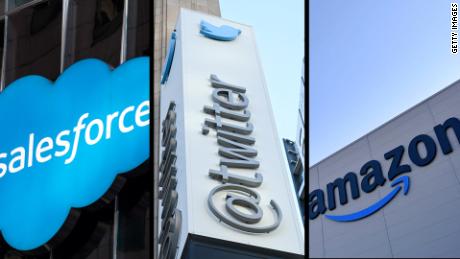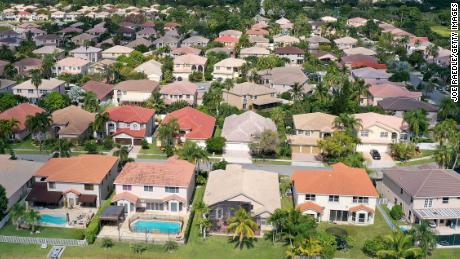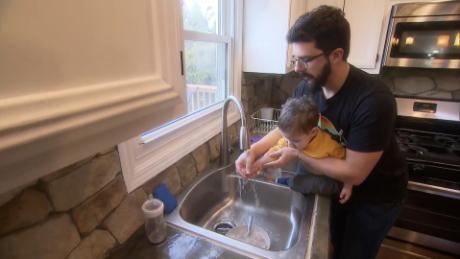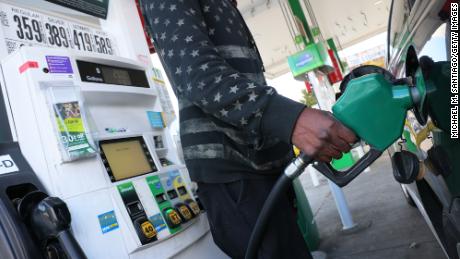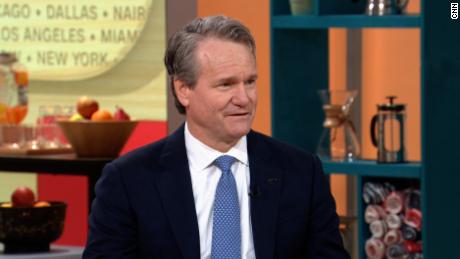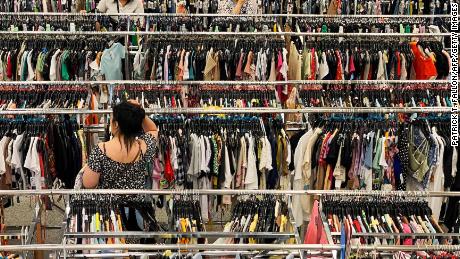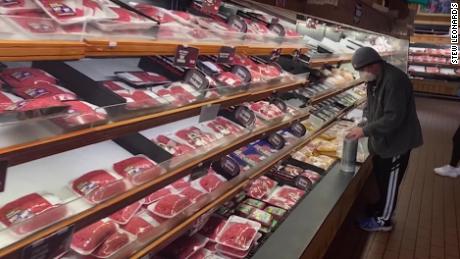New York (CNN Business)Prices rose yet again in May and a key measure of inflation hit new multi-year highs.
The price index tracking personal consumption expenditure, or PCE, climbed 3.9% in the year ending May, the Bureau of Economic Analysis reported Friday. It was the highest level since August 2008 and exceeded April's 3.6% level.
Similarly, core PCE inflation, which strips out more volatile components like food and energy, stood at 3.4% over the same period -- the highest level since April 1992.
Prices for American consumers and producers have been rising for months on the back of the great reopening, supply chain issues and material shortages. Economists are beginning to worry that if inflation rises too far too fast, people will curtail their spending, which would be bad news for the recovery.
For now, consumers are still doing all right. The University of Michigan's consumer sentiment index strengthened in June, although not as much as initially thought. But notably, all of the improved sentiment this month came from households making more than $100,000 per year.
"Consumers continued to pay close attention to three critical factors: inflation, unemployment, and interest rates," said Richard Curtin, chief economist of the survey of consumers. Inflation expectations fell slightly to 4.2% and "consumers also believed that the price surges will mostly be temporary."
The BEA report showed personal incomes slipped 2% in May and disposable incomes fell by 2.3%, driven by a decrease in government benefits. But consumer spending was nearly unchanged, increasing less than 0.1%.The personal savings rate was 12.4%, the lowest level since February.
The consumer sentiment survey, meanwhile, showed that while people are generally optimistic, the pandemic risks haven't dissipated completely ŌĆö which will likely keep savings rates higher, Curtin said.
Meanwhile, investors are anxiously watching the Federal Reserve, which is mandated to keep prices level and unemployment low. As the nation is emerging from the pandemic, neither is taking place.
Encouraging details
But the details of Friday's release also included some more calming news: For the month of May alone inflation rose 0.4% -- less than the 0.6% jumps in April and March. Core inflation also slowed in May, rising 0.5%, down from 0.7% in April and slightly below what economists had expected.
While that's "good" news in principle, the 3.9% year-over-year increase in prices was still big enough for a multi-decade high. And that's miles away from the Fed's inflation target of around 2%.
Even though the central bank is expecting inflation to run a bit hotter this summer as the economy fully reopens, economists and investors alike seem to get more uncomfortable with every new data release.
In last week's policy update, the Fed said it expected interest rate increases in 2023, even though several Fed officials see the need for rate hikes next year in response to lower unemployment and rising inflation.
Earlier this week, Fed Chairman Jerome Powell pointed out that the categories driving the current price increases were directly affected by the pandemic. He pointed at used cars, which contributed enormously to price index increases over the past months because fewer new cars are on the market.
"Those are the [prices for] things we look to to stop going up and ultimately go down," Powell told the Select Subcommittee on the Coronavirus Crisis Tuesday.
But Powell also admitted that these effects on prices have been larger than expected.
